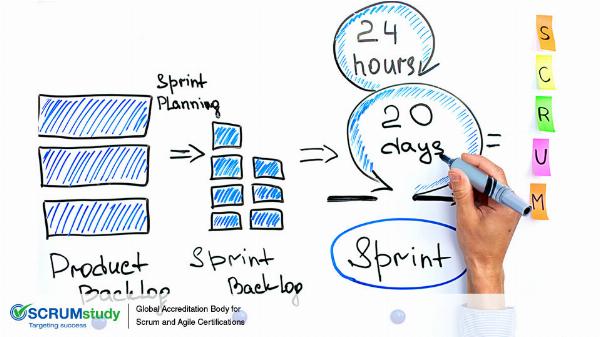Mastering the Initiate Phase in Scrum: A Comprehensive Guide

The Initiate Phase in Scrum, though often overlooked, is fundamental to project success. It's the groundwork upon which the entire project is built. A well-executed initiation phase establishes a clear direction, fosters team alignment, and lays the foundation for efficient delivery throughout the iterative Sprints. This guide will equip you with the knowledge and tools to master the Initiate Phase and set your Scrum project up for triumph.
Key Processes of the Initiate Phase
The Initiate Phase comprises several crucial processes, each playing a vital role in establishing a strong foundation:
Create Project Vision: This process involves defining the project's "why" – its overall objective and the desired impact. Craft a compelling vision statement that inspires the team and stakeholders.
Identify Scrum Master and Stakeholders: Recognize the individuals and groups with a vested interest in the project's success. This includes the Product Owner (responsible for the product backlog), the Scrum Master (facilitating the Scrum process), and key stakeholders (providing guidance and feedback).
Form Scrum Team: Assemble a cross-functional team with the skills and expertise necessary to deliver the project. Look for individuals who can work collaboratively and thrive in a fast-paced environment.
Develop Epics (User Stories): Break down the project into high-level features or functionalities, known as Epics. These Epics will be further refined into smaller, more manageable user stories in subsequent phases.
Create Prioritized Product Backlog: The product backlog is a prioritized list of all features, functionalities, and improvements for the product. During this phase, the initial backlog is established, with Epics listed according to importance and user needs.
Conduct Release Planning (Optional): While not mandatory in every Scrum project, release planning can be valuable. This involves outlining a high-level roadmap for product releases, considering dependencies and potential delivery timelines.
Mastering Each Process
Here are some practical tips to ensure each process within the Initiate Phase is optimized:
Create Project Vision:
- Involve key stakeholders in defining the vision.
- Ensure the vision is clear, concise, and measurable.
- Communicate the vision effectively to the entire team.
Identify Scrum Master and Stakeholders:
- Select a Scrum Master with strong facilitation and conflict resolution skills.
- Clearly define the roles and responsibilities of each stakeholder.
- Establish open communication channels with all stakeholders.
Form Scrum Team:
- Promote a collaborative and inclusive team environment.
- Encourage diverse skillsets within the team for well-rounded expertise.
- Ensure team members have a clear understanding of Scrum roles and processes.
Develop Epics (User Stories):
- Focus on user needs and desired functionalities.
- Keep Epics high-level and avoid getting bogged down in details.
- Involve the Product Owner and team members in Epic creation.
Create Prioritized Product Backlog:
- Prioritize Epics based on business value and user needs.
- Use a collaborative approach to backlog refinement.
- Maintain a flexible product backlog, allowing for adjustments as needed.
Conduct Release Planning (Optional):
- Define a realistic release timeline based on team capacity and project complexity.
- Identify potential dependencies between Epics.
- Communicate the release plan to stakeholders.
- Tools and Techniques
Several tools and techniques can enhance the Initiate Phase:
Vision boards: Visually represent the project vision using images, text, and mind maps.
Stakeholder mapping: Identify stakeholders and their level of influence on the project.
Team-building exercises: Foster team collaboration and communication.
User story mapping: Organize Epics and user stories based on user needs and functionalities.
Product backlog prioritization frameworks: Utilize tools like MoSCoW (Must-Have, Should-Have, Could-Have, Won't-Have) to prioritize backlog items.
Conclusion
By meticulously executing the Initiate Phase, you establish a solid foundation for your Scrum project. A clear vision, a well-formed team, and a prioritized product backlog set the stage for successful Sprints and ultimately, project delivery that meets stakeholder expectations. Remember, the Initiate Phase is an ongoing process. Revisit and refine your vision, backlog, and plan as the project progresses to ensure continuous alignment and adaptation. By mastering the Initiate Phase, you empower your Scrum team to deliver exceptional results.
Note: IndiBlogHub features both user-submitted and editorial content. We do not verify third-party contributions. Read our Disclaimer and Privacy Policyfor details.







